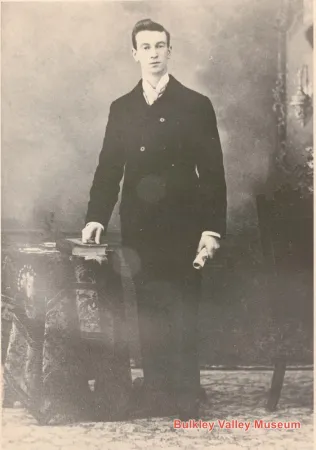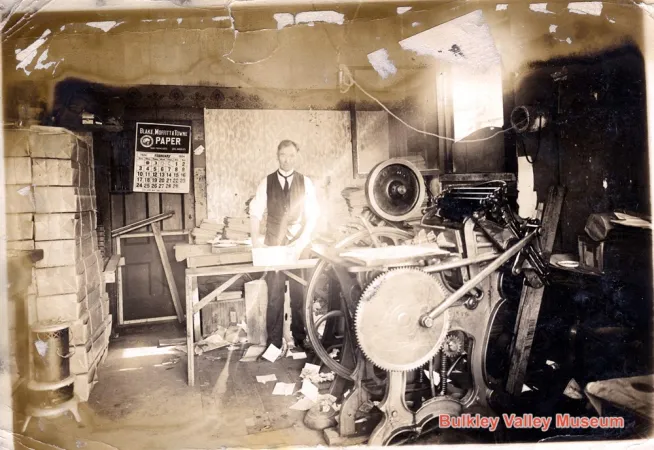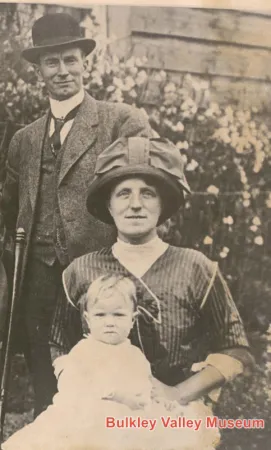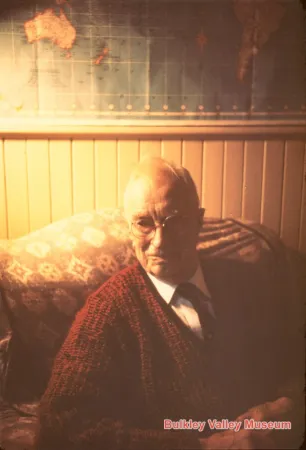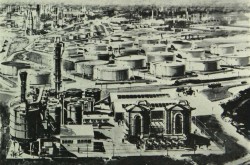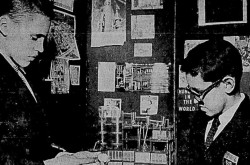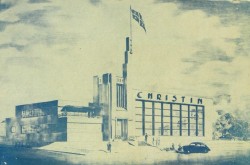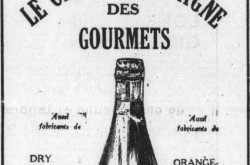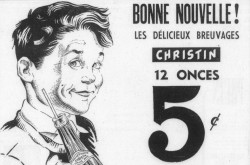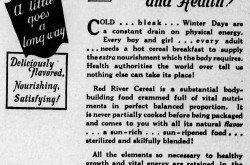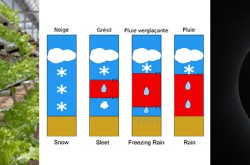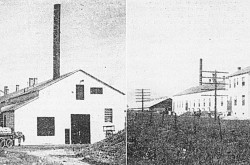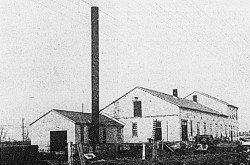Joseph Coyle
This article was originally written and submitted as part of a Canada 150 Project, the Innovation Storybook, to crowdsource stories of Canadian innovation with partners across Canada. The content has since been migrated to Ingenium’s Channel, a digital hub featuring curated content related to science, technology and innovation.
One of the Bulkley Valley’s most noteworthy former residents was a resourceful pioneer, newspaper editor and inventor: Joseph Leopold Coyle. Joseph Coyle was born in Ontario in 1871 and began his career as a journalist apprentice. He moved first to New Jersey and then to Alaska before eventually settling in British Columbia’s Bulkley Valley in 1906. Coyle established several newspapers, including the Omineca Herald, the Bulkley Pioneer, and the Interior News. Founded in 1910, the Interior News became the mainstay paper of Smithers and the Bulkley Valley, and still printed to this day.
Outside of the Bulkley Valley, Coyle is best known for his invention of the Coyle Saftey Egg Carton, the predecessor to the modern egg carton that we all know and use today. After witnessing a frustrated hotelier berate a delivery man for supplying him with broken eggs, Coyle realized that there must be a better way to transport eggs than a simple basket. He developed a carrier with individual cushioned slots; Coyle first created this product by hand and later constructed a machine to keep up with the demand for his invention as his creation went on to be mass-produced in North and South America, Europe, and Britain. To further manufacture and market his invention Coyle left the Bulkley Valley in 19191, travelling to Vancouver, San Francisco, Chicago, London Ontario, and New Westminster BC, setting up factories as he went.
By the time Coyle died in 1972 at the age of 100, hundreds of millions of his cartons had been produced. Unfortunately, Coyle was unable to keep up with the lawyers and the businessman who made millions of dollars off his product. According to his daughter, Ellen Myton, Coyle never made much money from the Coyle Carton; the family was able to live comfortably but not affluently. Coyle’s list of inventions also include a pocket cigar cutter and a vehicle anti-theft device. His egg carton machine is now part of the collection at the Royal BC Museum in Victoria.



